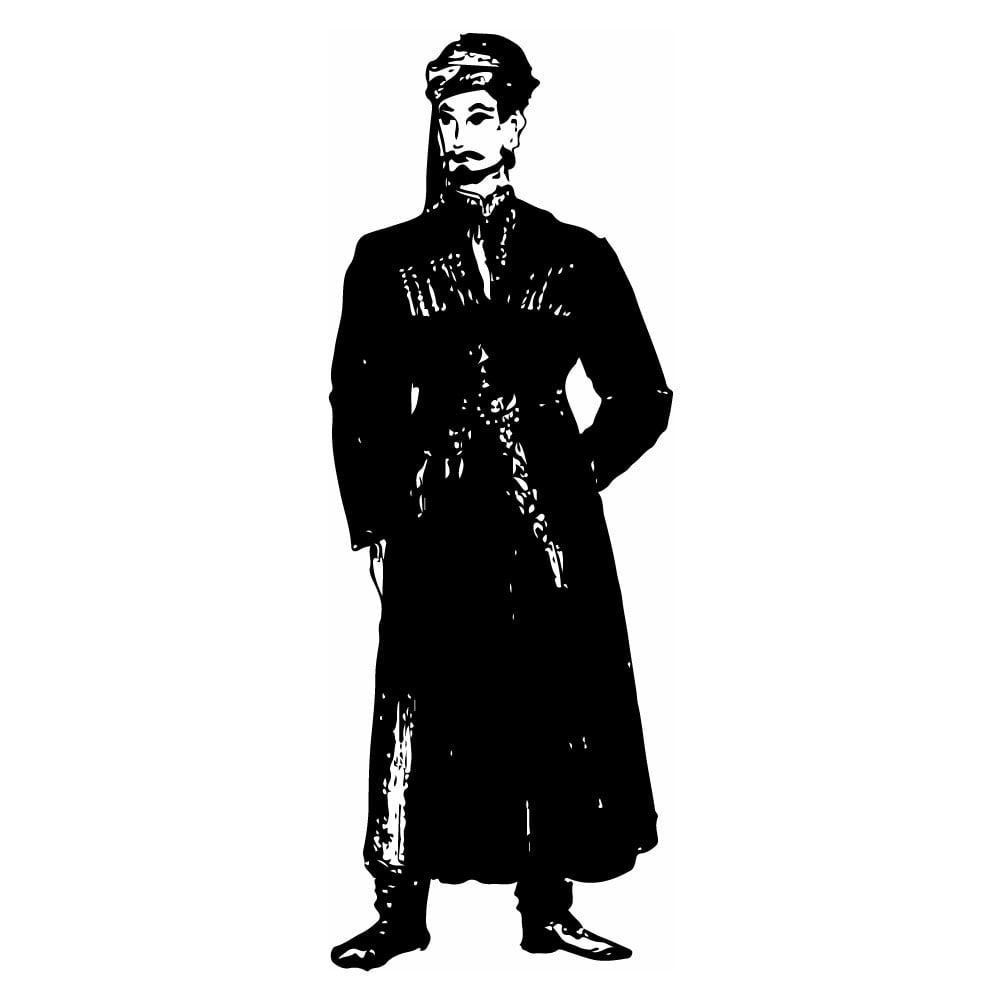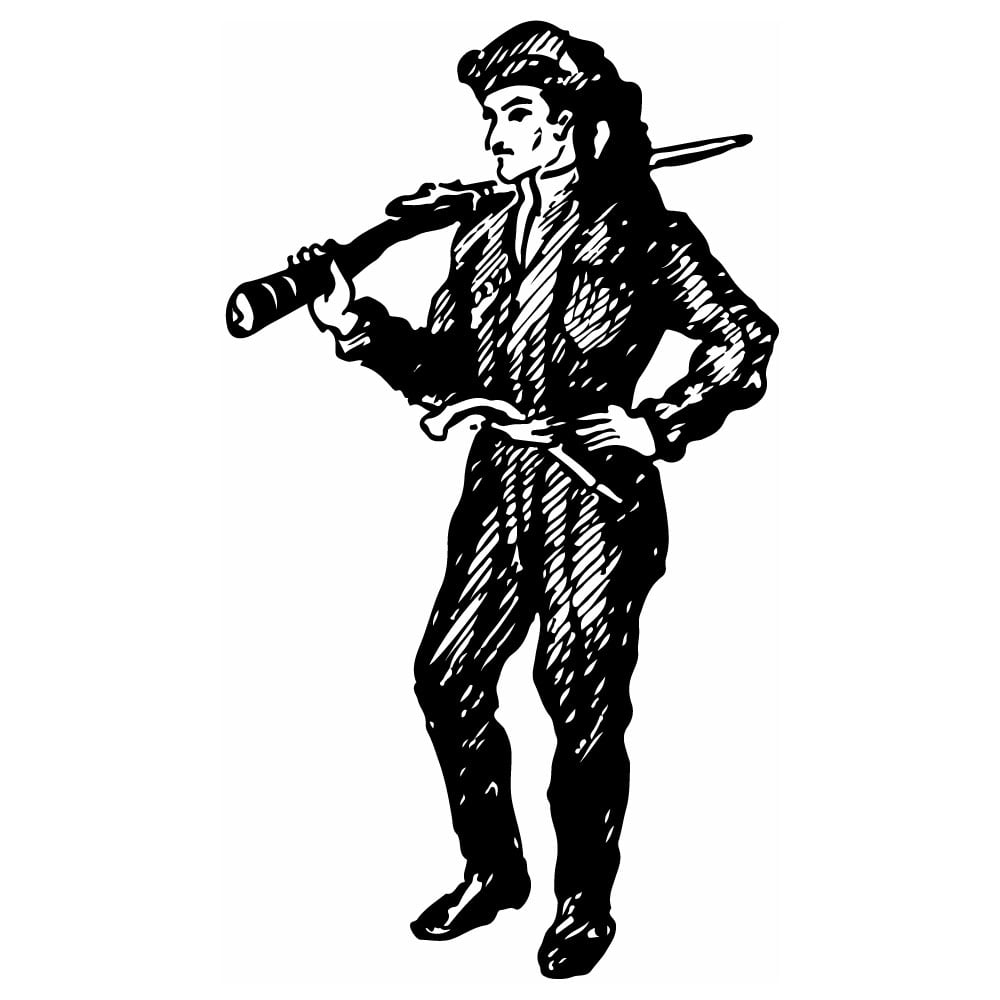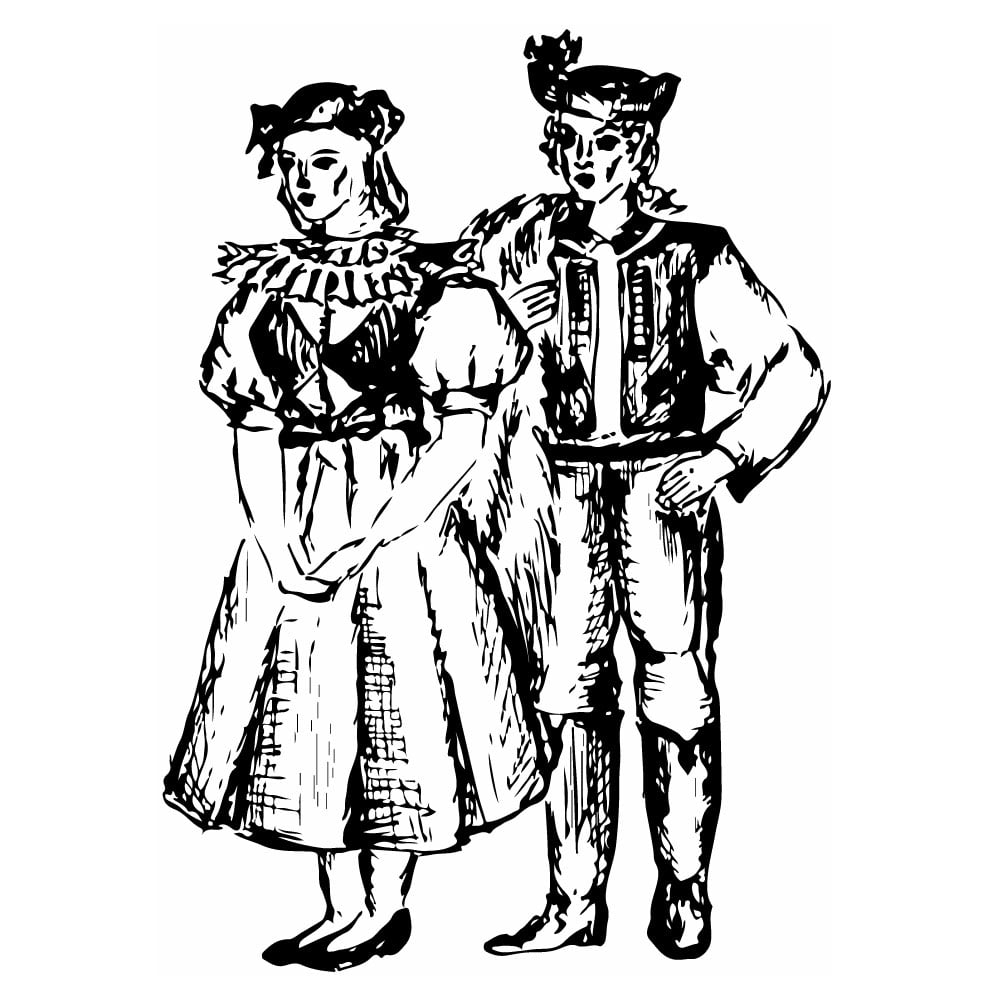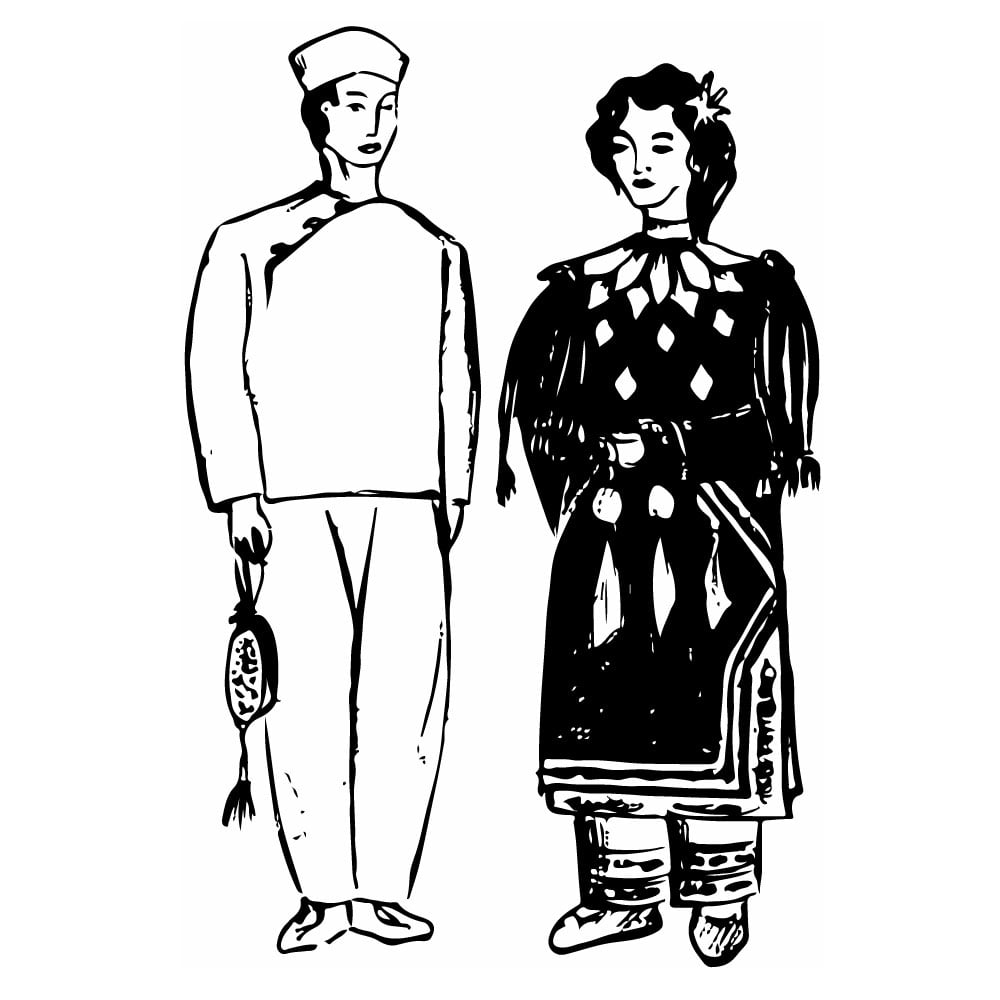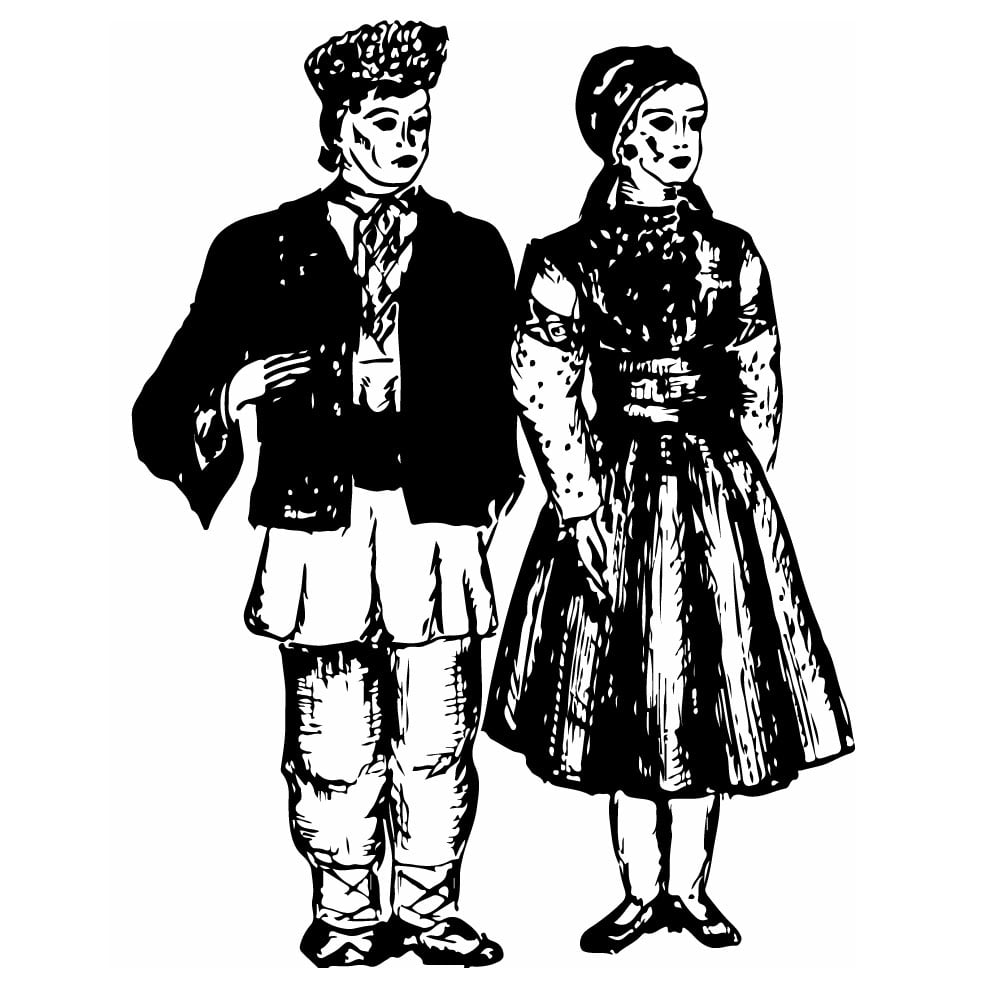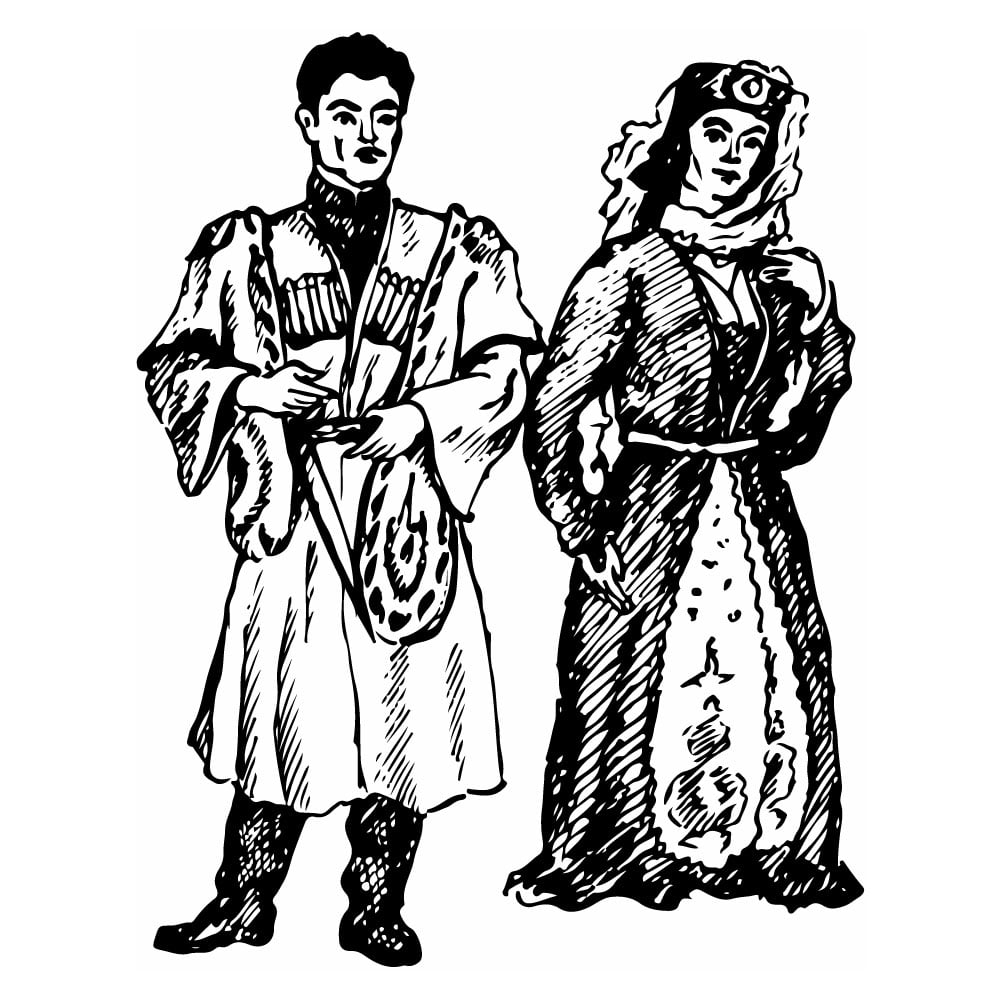Armenians
| Population | 4,623,000 |
| Language group | Indo-European |
| Language | Armenian |
| Religion | Christianity |
*Population estimates for 1994
Armenia is a very old nation. It is one of the six countries depicted on the ancient, star-shaped Babylonian map that historians estimate was etched onto a clay slab sometime in the fifth century BC.
The earliest Armenians lived in the northeastern part of Asia Minor. In Khet scripts dating from the sixteenth-fifteenth centuries BC, this country was called Armatana and later in the fourteenth through the thirteenth centuries BC it was named Khayasa. The Urumeits, the Armenian ancestors, moved into the Assyrian province of Shupria in the twelfth century BC. Since that time, Shupria has been known as Urma by the Assyrians. In the middle of the eighth century BC, Shupria was annexed by the state of Urartu and renamed Arme. This vast country is mentioned as Armina in old Persian chronicles dating from the sixth century. Armenia is also mentioned in ancient Greek texts.
The Armenian nationality continued to develop for several centuries, thanks to the widespread growth of agriculture and cattle breeding on the Armenian highlands. By the time of the Greek and Macedonian invasions in the forth century BC, the Armenian nation was a complete entity.
The Armenians call themselves Hai and their land Haik. From their ancestors the Armenians inherited several distinct anthropological traits. A keen observer can quickly find them: middle or a little taller stature, firm figure, dark complexion, round head, wide forehead, often a massive aquiline nose, dark to sometimes rich black hair, big and dark eyes with long eyelashes, and dense brows that often join over the nose.
Armenians are known for their quick minds, their love of hard work, and their abundant energy. National liberation movements lasting for centuries united the Armenian people and instilled in them the characteristics of strong friendship and readiness to help. The Armenians are also noted for their love of studying and for skilled trades. They are often excitable and hot-tempered but also good-natured and very hospitable. Armenians love music and delicate humor. Traditionally, Armenians have very close relationships with their families and children.
Today, clusters of Armenians can also be found in Georgia, Azerbaijan, and the region of the North Caucasus Mountains.
Legend says that when God divided the land from the seas, He threw a handful of stones to the Armenians; that is supposedly why their land is so difficult to farm. But the harsh Armenian countryside was only one of many severe trials the Armenians have had to experience.
Throughout their three-thousand year existence, the Armenians have faced extraordinary challenges to their survival as a nation, including almost constant threats from outsiders. One of these tragic episodes occurred on February 10, 1828, in the massacre of West Armenia. On that day East Armenia united with Russia, while West Armenia had been claimed by Turkey. The young Turks who organized the massacre wanted to get rid not only of the Armenian people, but also of their ancient culture and even of the words Armenia and Armenians. This vicious “ethnic cleansing” continued into the next century. During 1915 and 1916, the Turks killed nearly 1.5 million Armenians.
The losses that have been endured by the Armenian people are almost unimaginable. In the face of such suffering, how could these scattered, tormented people preserve the spirit of their nation and its traditions? The Armenian Apostolic Church played an important role in the Armenians’ survival. Christianity helped the Armenians withstand the assimilation policies of their conquerors.
Soon after Christianity was consolidated as Armenia’s state religion in 301 AD, the Armenian Apostolic Church became a refuge of spiritual and moral strength for the people. In the church catacombs, Mesrop Mashtots, an Armenian monk, created the alphabet in the year 406; this later became the keystone of the original Armenian culture. Monks later translated into Armenian the greatest works of ancient authors and pushed Armenian literature, art, and science to the highest world standards. Even during the hardest times of ignorance, tyranny, and calamities, the thick walls of monasteries housed medieval schools and academies and their scientists, who promoted the development of philosophy, medicine, and the natural sciences. The monasteries became sanctuaries for Armenian believers, as well as for non-believers; unstained by evil spirits of fanaticism, their doors were open for people of different nationalities and religions.
Today the Armenians observe both pagan and Christian holidays. Tsakhkazard, or Tsarzardar (Palm Sunday), is dedicated to the coming of spring. On this day people carry willow branches, and the young people enjoy themselves and sing songs of joy. Ambartsum (Ascension Day) is another holiday of spring and love; it is a day dedicated to the innermost hopes and feelings of young girls and brides. The Armenians celebrate Vardavan, the holiday of water, during the hot days of August when the crops suffer from drought, by pouring water on themselves and everyone they see. They organize public shows in which young men display their skills in horse riding, wrestling, and other sports. Singers competing in performances of music and improvised wit provide another popular form of entertainment during this summer holiday.
Armenian folklore depicts the ancient Armenian tribes’ life of struggle from times immemorial. Mythical tales about the famous Armenian ancestor Gaak are notable for their refined poetic culture.
Throughout history, Armenian art has been rich in color, texture, and expression. Even today one can find beautiful specimens of the art of medieval times, including diverse ceramics and embroidery, artistic metal works including renderings in silver and gold, and beautiful wood carvings.
The traditional Armenian home was a chlkhatun or a house with a hole in the ceiling for light and fumes. Traditional clothing for men included a srkhaluk, a chukah, and a fur hat while women wore embroidered blouses, shalvars, and colorful headdresses. Today almost all these styles have been replaced by more modern fashions.
This is Ad 1


